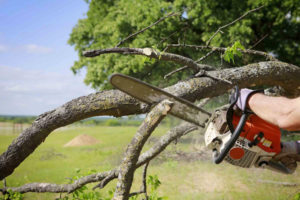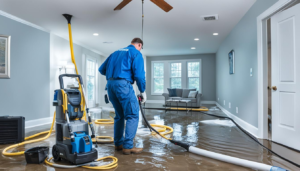Your team can enjoy cost savings, policy compliance, and more with the right lodging solutions. Whether it’s an upscale hotel that blurs the line between business and comfort or temporary housing for extended stays, these accommodations make travel easier for employees and energize them for their assignments.
These accommodations are also a great way to earn points or build loyalty with hotel chains. Contact Lodging Solutions now!

Mobile lodging solutions are alternatives to traditional hotels that offer unique benefits and cost savings for companies that need to support their workforce while on the road. For example, these solutions may provide a base camp that can be equipped with kitchens and other amenities to help reduce expenses for dining out or can provide workspaces that allow employees to work remotely while still being connected to tele-communications and other important resources. Some mobile solutions can also be leased on wheels with other amenities such as a bathroom or shower.
Creative Lodging Solutions, a provider of corporate lodging solutions, was recently awarded a Silver Stevie Award for Sales Growth Achievement. The company attributed this honor to their commitment to providing their customers with innovative digital tools that streamline booking and billing processes.
Currently, Creative Lodging Solutions has 250 total employees. The company is headquartered in Lexington, Kentucky. The company’s key competitors include Direct Travel, CWT (Minnetonka), and Comtravo.
Find business credit reports and detailed information on more than 23 million businesses with D&B Hoovers. Get a free trial and unlock access to key insights, prospecting data, contact information, ESG Ratings and more. Learn how D&B can help you grow your business.
Emergency Lodging Solutions
When disaster strikes, having a plan in place for temporary accommodations is critical. From emergency lodging solutions for families to corporate lodging options, finding safe and comfortable housing in a crisis is possible with the right resources.
Efficient, comfortable lodging solutions for disaster recovery crews can make all the difference for teams working to support communities recover after a devastating event. Because disaster relief volunteers and employees receive little advance notice before deploying to affected areas, it’s essential that they find a reliable provider with flexible housing options and 24/7 customer service that can keep up with demand.
A trusted lodging partner can provide centralized operations, which can streamline communication and improve efficiency. Centralized operations are also key to maintaining the health and safety of recovery team members by minimizing the spread of illness, injury or other issues. Clean, comfortable lodging with easy access to disaster sites can minimize travel time and maximize on-site hours for maximum effectiveness.
Often, families are displaced by unexpected events and need short-term housing to stay safe and stable until their homes can be repaired. Corporate lodging hotels can offer comfort and stability for families in need, as these accommodations are designed for immediate occupancy and typically come equipped with all essential amenities, including kitchens. In addition, many providers offer 24/7 customer support to address needs in real-time and reduce stress during difficult times.
Government agencies can take advantage of GSA’s Emergency Lodging Services (ELS) blanket purchase agreement to quickly secure accommodations and services for government employees, first responders and evacuees. This Best-in-Class solution is vetted through an interagency process by acquisition category experts and offers the most competitive pricing and strong contract management practices.
Corporate Travel Management
A corporate travel management (CTM) solution delivers a combination of savings, efficiency and safety to your traveling workforce and business. In addition to negotiating airfares, hotels and car rentals, CTM companies provide consultative services, online booking tools and technology solutions for compliant travel booking and expense reporting. With the right partnership, you can take control of your corporate travel program to better meet the needs of today’s traveler.
Travel management software enables you to track expenses and bookings in one place, making it easier to spot anomalies and make adjustments as needed. It can also help you save time by automating certain tasks and simplifying your tech stack.
The best travel management software integrates booking, expense reports and policy compliance, and is designed for travelers and managers alike. This ensures your employees and managers have access to the information they need without having to navigate different systems, which can be frustrating and time-consuming.
Having the right travel management software can also improve employee happiness and productivity. Travel stress is a real issue for many business travelers, and reducing it can help your employees feel more confident before, during and after their trips. This can increase their overall well-being, and can even boost company morale and retention rates.
When choosing a travel management software platform, consider the integrations it has with other platforms you use for business processes, such as online booking tools, expense reporting software and invoices from travel suppliers. This ensures that all the data from your travel process flows in and can be analyzed, improving efficiency and compliance.
As more companies focus on corporate social responsibility and environmental, social and governance issues, a business travel program should support these initiatives. The right technology can ensure that business travel aligns with your CSR goals and helps to reduce costs and carbon footprint.
The right travel management company can offer consultative services to help you develop a policy that aligns with your business goals. They can also offer tools to help you achieve your desired outcomes, such as implementing a pre-trip approval process or encouraging flight flexibility with alerts for deals and AI tools that rebook at lower rates automatically.





